Mahayana Thought Training – Turning Adverse Circumstances into the Path of Awakening: An Ideal Practice for Our Times
I recently heard the Buddhist story of Devala the Dark, who was being cursed by seven Bramhans, ‘but the more they cursed him, the more beautiful, good-looking, and inspiring he became…’
This reminded me of the Tibetan Buddhist Thought Training practice, called changing adverse circumstances into the path to enlightenment. One analogy they use is that of the Peacock in the Poison Grove. They say this mythological bird eats poison, and his plumage becomes brighter and even more beautiful. The more difficult things are, and the greater the need, the stronger these practices become. In some ways, this is the ideal practice for our times.
By Jason Espada
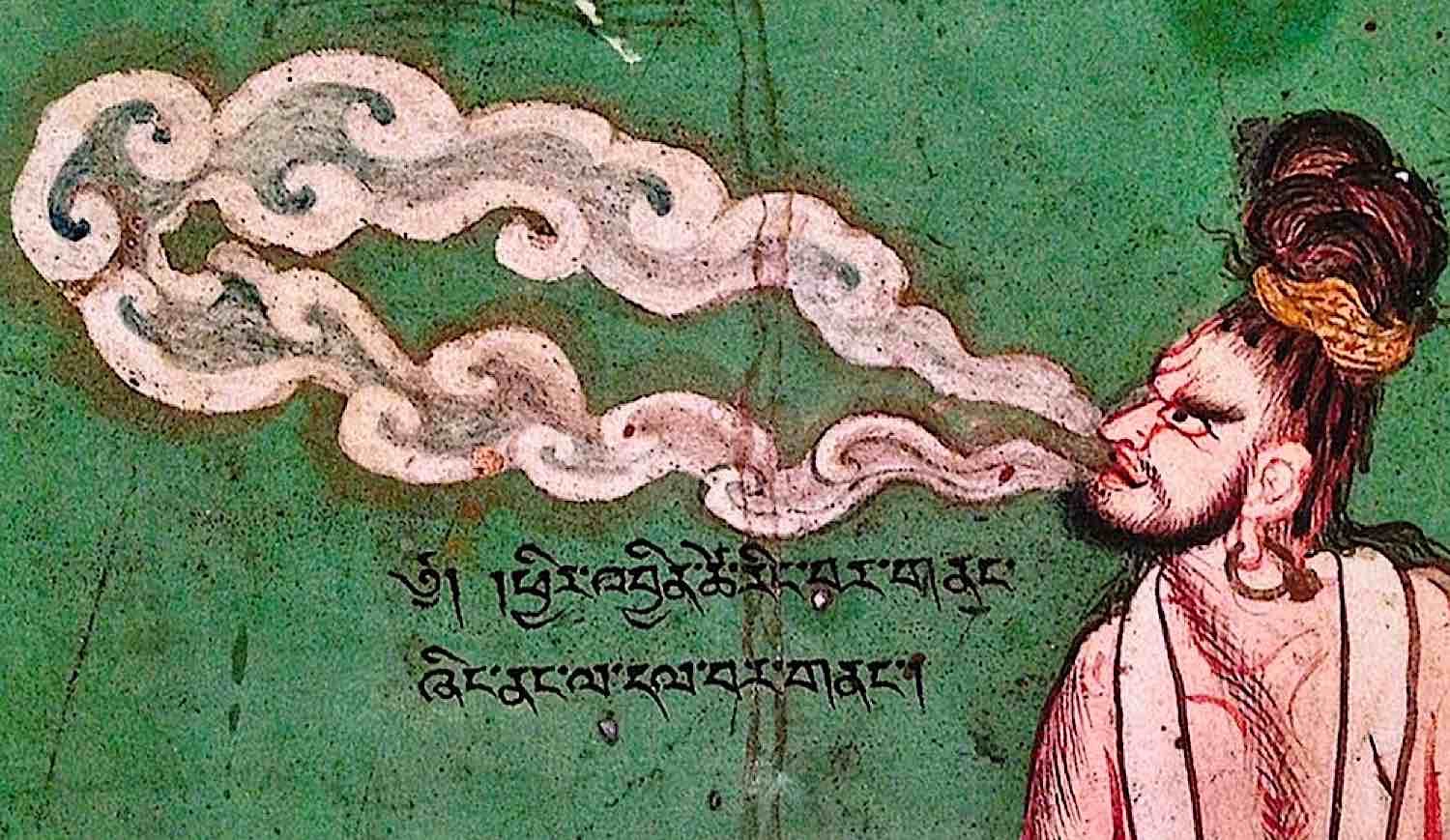
If we’re not going to be overwhelmed by the news of worsening conditions, of the pandemic, of racial injustice, or environmental destruction, we’re going to need a way of holding these difficult truths.
Most of the time we can go just so far with reports of oppression, or corruption, or our destruction of the natural world before we shut down in one way or another, but there is another way to be with what is tragic, or suffering or oppressive that is found in these precious Tibetan Buddhist Thought Training teachings.

Powerful motivation to respond skillfully
The essential principle of Thought Training is to meet all the most difficult conditions, such as those we are living with now, and to use them as powerful motivation to respond skillfully. Through this alchemy, the awareness of suffering itself becomes the remedy to suffering.
 The Thought Training Teachings and practices are known as the expression of compassion, especially in difficult times. If we understand fully what is meant by compassion in Buddhism, then we can understand and effectively practice Thought Training.
The Thought Training Teachings and practices are known as the expression of compassion, especially in difficult times. If we understand fully what is meant by compassion in Buddhism, then we can understand and effectively practice Thought Training.
From its inception, Buddhist teaching has always been about liberation from suffering. The central motivating principle then in Mahayana Buddhism is compassion and the dedication to bringing every single being to freedom and ease. It’s said that When we hear the cries of the world, we must be engaged…
Compassion as we usually think of it here in the West in these times often has this soft quality to it. It can also feel like sadness. True compassion though is powerful, illuminating, and inspiring. It is the most powerful force we can harness to endure, to bear witness, and to solve problems on deeper levels than ever before. Compassion leads us to seek resolution, through insight, beyond the emotional reactions, and rising and falling of events.
In Buddhism, the understanding of how suffering can be brought to an end is essential. Without such wisdom, problems are potentially endless. Compassion is then essential food for the journey. It brings light and health, peace, and strength.

The Assalayana Sutta doesn’t say what practice Devala was doing that caused him to become even more lovely and inspiring when attacked and insulted, but this is exactly the way that Thought Training works. The worse the conditions become, we can see, the more powerful this practice is. That is the secret of Thought Training. It becomes even more powerful in especially dangerous times such as the ones we are living through now, in 2020.
At the end of one text on The Seven-Point Mind Training, called ‘The Great Path of Awakening’, there are a few additional verses that compare compassion in the most difficult times as being like a strong wind that makes a fire grow more and more. These very conditions can be a kind of fuel.
A Tonlen – Taking and Sending Poem
Again and again take to heart what others are going through
and let it become who you are, and what you aim to do
Uncover your hidden sources of strength, and ease,
and then give yourself away, today,
the clean breath, the warmth of love…
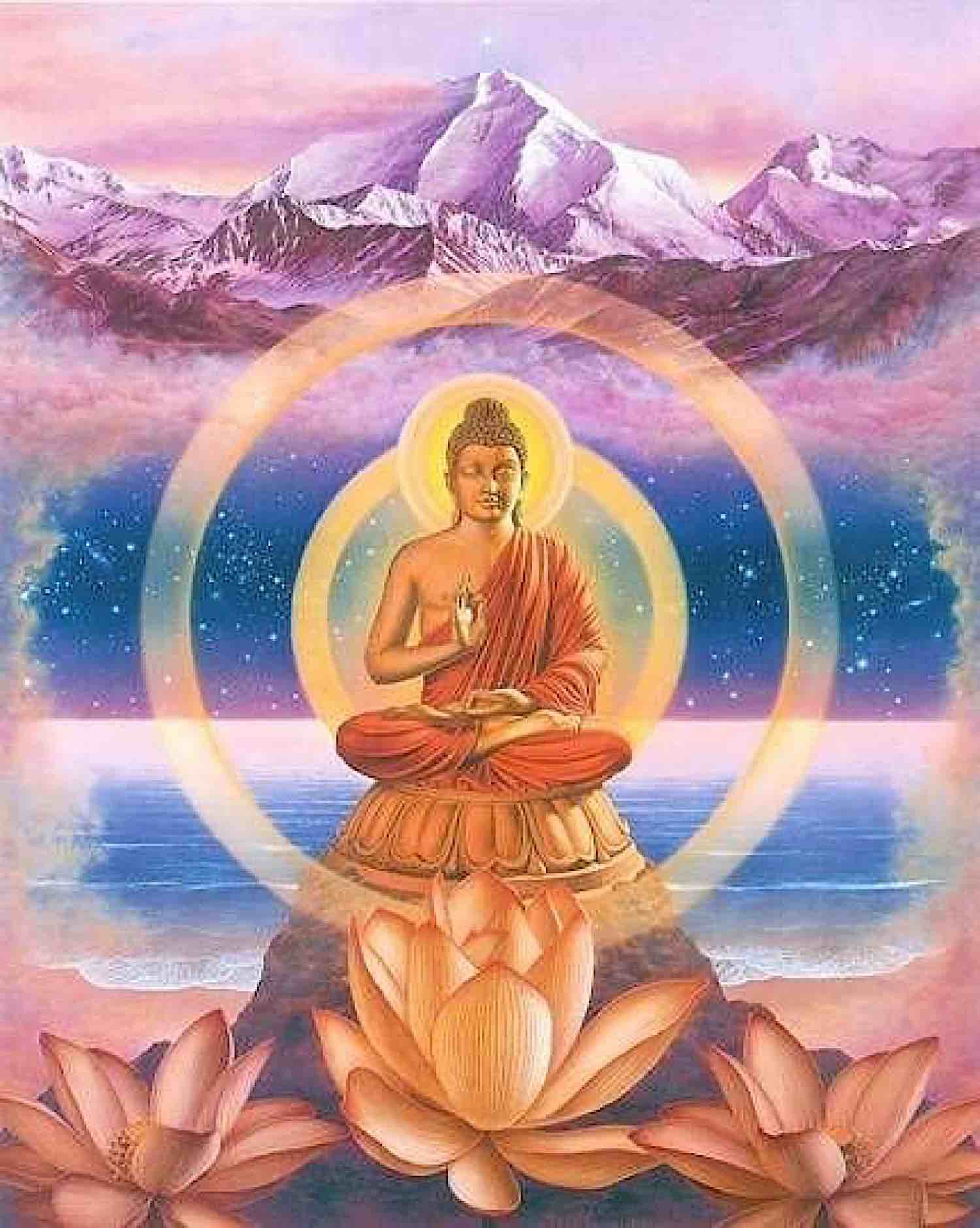 With the way things are in our world right now, I imagine that if we could be strengthened by compassion it would be a very great thing. If we could change what would otherwise be oppressive conditions into a source of strength and courage and greater love and freedom, that would be wonderful, the best we could hope for, really. The more we take up these practices, the more everyone benefits.
With the way things are in our world right now, I imagine that if we could be strengthened by compassion it would be a very great thing. If we could change what would otherwise be oppressive conditions into a source of strength and courage and greater love and freedom, that would be wonderful, the best we could hope for, really. The more we take up these practices, the more everyone benefits.
Whatever Practice We are Doing – Compassion Empowers All Virtuous Activity
There are so many practices in Buddhism, and in other Spiritual Traditions, and non-traditions. They all aim to improve our lives and the lives of those around us. Whatever practices we are doing, of taking refuge, of prayer, or mantra, calm abiding, or insight, purification, and social engagement- all of these can be strengthened by having greater compassion. Compassion connects us with others and with our deeper resources. It awakens a wealth of qualities in our lives – such as courage, patience, and foresight, humility, endurance, and wisdom.
The Thought Training Teachings highlight this activity. They say that when challenged, it’s exactly times like these that we can unfold our strength and hidden virtues.
With the extensive sufferings these days, of illness, poverty and economic insecurity, and given all the materialism, the immaturity, the endless distractions of consumer culture, all that is meaningless, there’s a great need now more than ever for conscious, dedicated, truly healthy and wise people. When conditions rise up as menacing enemies, we can become stronger, more clear and compassionate as a response, and we can take quiet joy each day in engaging and uplifting each other, and our world. This is the message of the Thought Training Teachings.
Resources
For more on Thought Training, called ‘lo-jong’ in Tibetan, the following texts and their commentaries are recommended.
The Seven Point Mind Training – commentaries by Jamgon Kongtrul, Geshe Rabten, Dilgo Khyentse Rinpoche, the Dalai Lama, and others;
The Eight Verses of Thought Transformation, commentaries by the Dalai Lama, (available online), and Geshe Sonam Richen;
and,
The Thirty Seven Verses on the Practice of a Bodhisattva, commentaries by the Dalai Lama, Dilgo Khyenste Rinpoche, and Geshe Gyalsten.
See also The Empowerment of Compassion,
and,
A Practice That Thrives in Difficulty by this author, from Great Circle Publications, 2017.
2 thoughts on “Mahayana Thought Training – Turning Adverse Circumstances into the Path of Awakening: An Ideal Practice for Our Times”
Leave a Comment
More articles by this author
Search
Latest Features
Please support the "Spread the Dharma" mission as one of our heroic Dharma Supporting Members, or with a one-time donation.
Please Help Support the “Spread the Dharma” Mission!
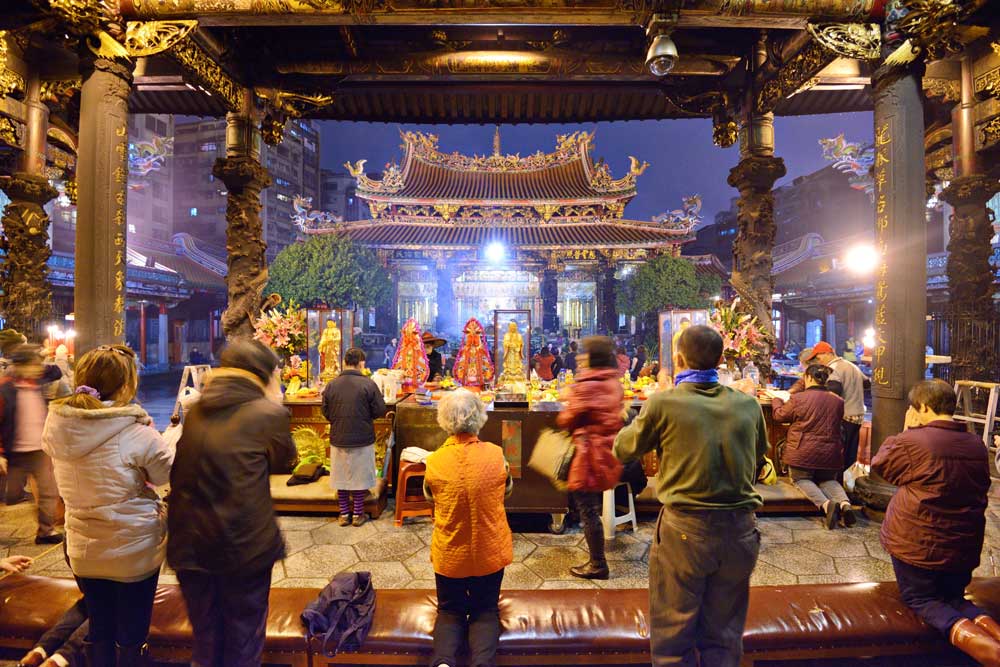
Be a part of the noble mission as a supporting member or a patron, or a volunteer contributor of content.
The power of Dharma to help sentient beings, in part, lies in ensuring access to Buddha’s precious Dharma — the mission of Buddha Weekly. We can’t do it without you!
A non-profit association since 2007, Buddha Weekly published many feature articles, videos, and, podcasts. Please consider supporting the mission to preserve and “Spread the Dharma." Your support as either a patron or a supporting member helps defray the high costs of producing quality Dharma content. Thank you! Learn more here, or become one of our super karma heroes on Patreon.
Jason Espada
Author | Buddha Weekly
Jason Espada is a writer and classical musician living in San Francisco; a steward of his father’s photography, and the founder of A Buddhist Library: http://www.abuddhistlibrary.com. Over the years, he’s made a number of recordings of Buddhist teachings. These days his focus is on the natural connection between spirituality and social action. His new website is at JasonEspada.com.
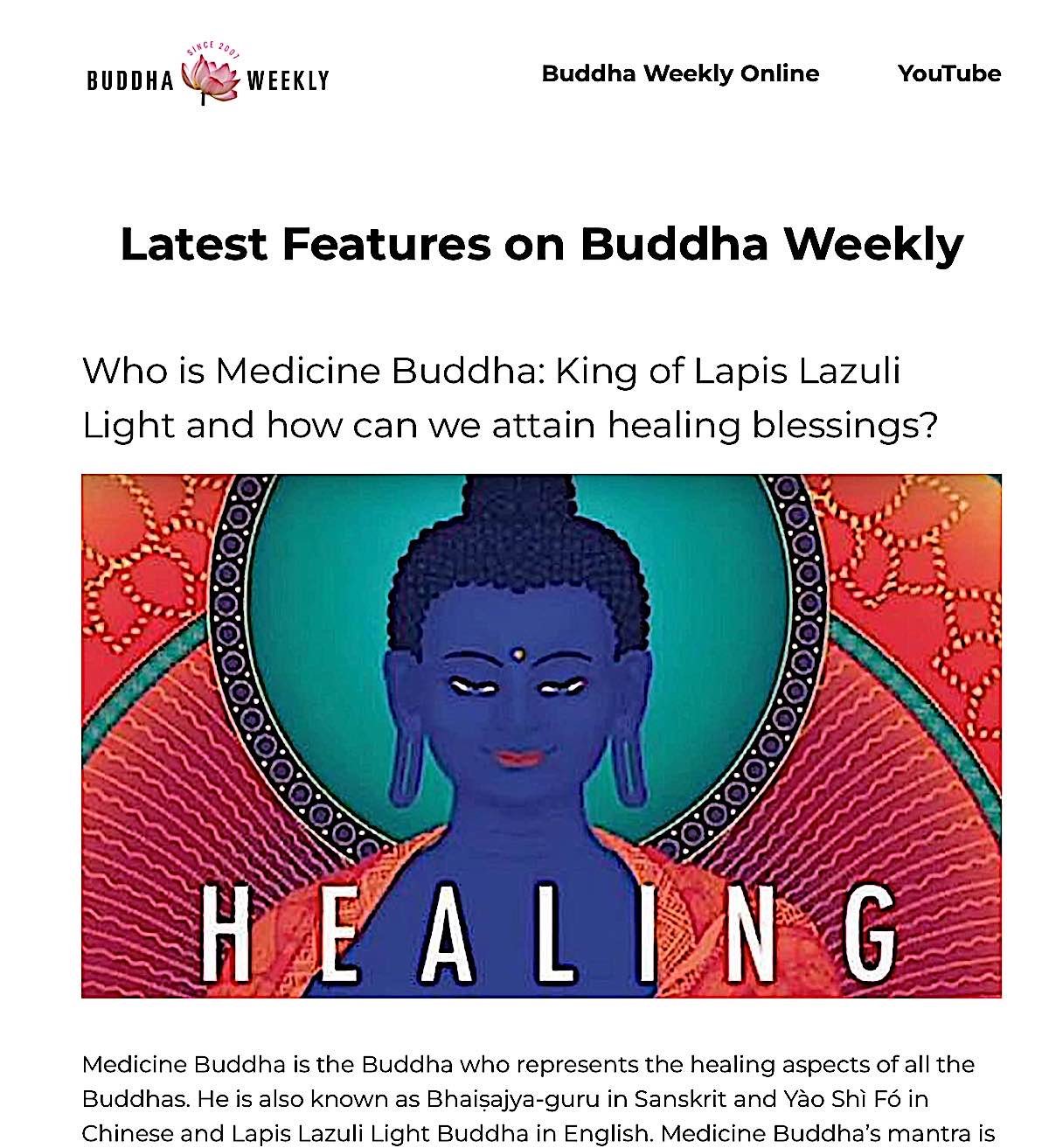
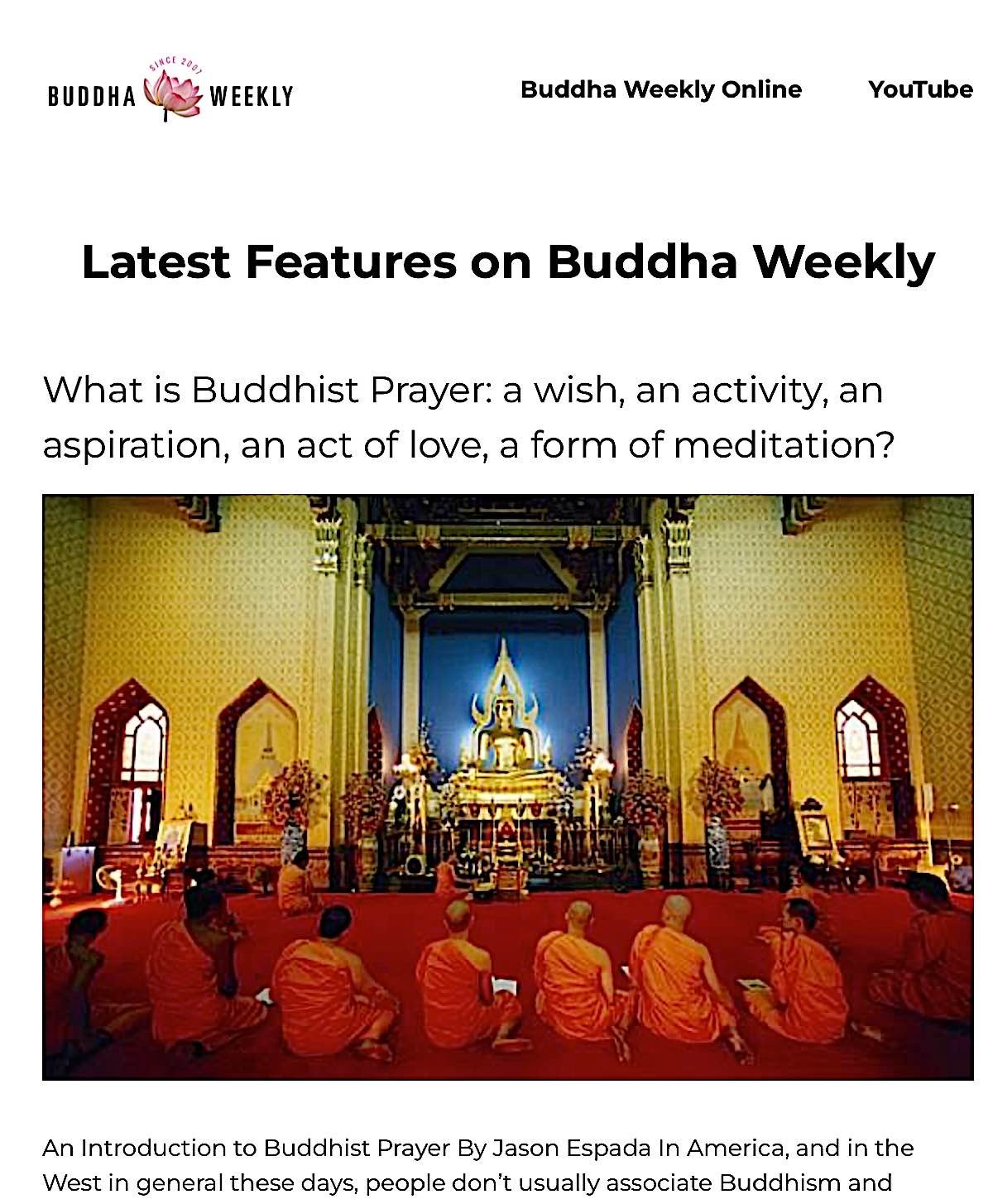





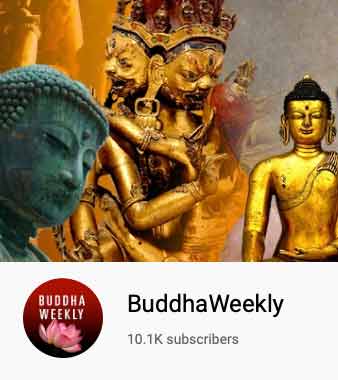







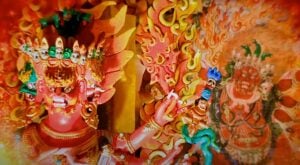

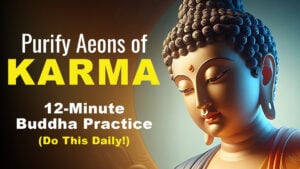

Thank you for this article to remind us to overcome these adverse circumstances we are all in by practicing compassion.
It doesn’t matter how bad our situation is somebody else is always experiencing a situation worse than us.
All things are impermanent and this pandemic too shall pass.
Stay healthy everyone.
R.G. Ramsey
Very helpful. Thank you, friend.
Eight Verses of Training the Mind
by Geshe Langri Thangpa
By thinking of all sentient beings
As more precious than a wish-fulfilling jewel
For accomplishing the highest aim,
I will always hold them dear.
Whenever I’m in the company of others,
I will regard myself as the lowest among all,
And from the depths of my heart
Cherish others as supreme.
In my every action, I will watch my mind,
And the moment destructive emotions arise,
I will confront them strongly and avert them,
Since they will hurt both me and others.
Whenever I see ill-natured beings,
Or those overwhelmed by heavy misdeeds or suffering,
I will cherish them as something rare,
As though I’d found a priceless treasure.
Whenever someone out of envy
Does me wrong by attacking or belittling me,
I will take defeat upon myself,
And give the victory to others.
Even when someone I have helped,
Or in whom I have placed great hopes
Mistreats me very unjustly,
I will view that person as a true spiritual teacher.
In brief, directly or indirectly,
I will offer help and happiness to all my mothers,
And secretly take upon myself
All their hurt and suffering.
I will learn to keep all these practices
Untainted by thoughts of the eight worldly concerns.
May I recognize all things as like illusions,
And, without attachment, gain freedom from bondage.